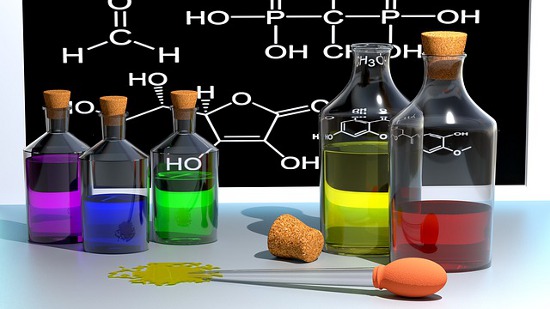Surfactant is a commonly used surface-active agent which literally implies surface-active. The polymer-solvent intertype’s action plays a more important role than the polymer-surface interaction in determining the thickness of the adsorbed layer in this case.
What are the types of polymers?
Polymers are available through the selection of base polymer and additives in a wide range of formulations and properties. A wide range of polymers manufactured nowadays are used in applications which involve contact with food or beverages particularly in foodstuff packaging applications, processing equipment in food factories and other establishments where food is handled in large quantities.
Polymers are available in a wide range and the main two types of polymers are given below:
1. Thermoplastic polymers
Thermoplastics are polymers that can be melted, made into the desired form and then re-melted. Thermoplastics can be processed into a desired shape through many processes, the most common of which are injection moulding and extrusion. Blow moulding, transfer moulding, calendaring casting and other forming operations are all possible with thermoplastics.
2. Elastomers
The properties that define polymers as an elastomer are that they must be amorphous when unstretched and must be above their glass transition temperature to be elastic. This can be compared to thermoplastics that must be crystalline or must be used to preserve dimensional stability.
Is rubber a Natural polymer?
A polymer produced by polymerisation of its monomer or monomers by a chemical reaction controlled by man as opposed to a polymer produced in nature by biosynthetic giving natural polymer.
Natural rubber is based around a simple repeat unit called polyisoprene -(C5H8-)-n. Yes, rubber is a natural polymer obtained from various plant sources and it is the best known natural polymer. Those from plant exudates include gum arabic, gum karaya, gum ghatti and gum tragacanth.
For more fun facts or to learn more in-depth about surface chemistry, students can subscribe to our BYJU’S YouTube Channel.

